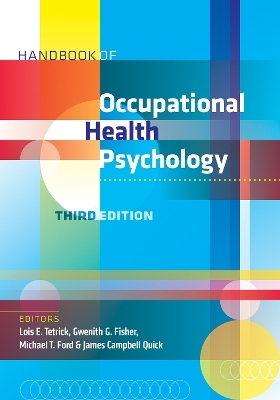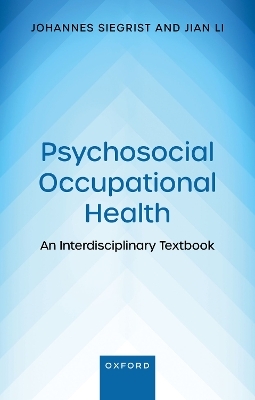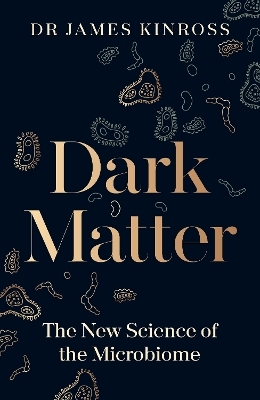
Advances in Toxicology and Risk Assessment of Nanomaterials and Emerging Contaminants
Springer Verlag, Singapore
978-981-16-9118-8 (ISBN)
Dr. Liang-Hong Guo is Professor at the Institute of Environmental and Health Sciences, China Jiliang University, China. Dr. Guo received his Ph.D. in Chemistry from Oxford University, UK, in 1991, and carried out postdoctoral research at the University of Rochester, USA, from 1991–1995. He worked as Professor and Group Leader at the Research Center for Eco-environmental Science, Chinese Academy of Sciences, China, from 2004–2019. Dr. Guo’s research interests focus on toxicology and health impacts of new and emerging environmental contaminants including new flame retardants, fluorinated organic chemicals, and nanomaterials. He has published over 140 peer-reviewed articles in high-impact journals such as Environmental Health Perspectives, Nanotoxicology, Archives of Toxicology, and Environmental Science & Technology. Dr. Guo served as Editor-in-Chief of Chinese Journal of Environmental Chemistry and Associate Editor of Environmental Science: Processes and Impacts. Dr. Monika Mortimer is an Associate Professor in the Institute of Environmental and Health Sciences at China Jiliang University, Hangzhou, China. She received her B.Sc., M.Sc. and Ph.D. in Chemistry from Tallinn University of Technology, Estonia. She was a recipient of a postdoctoral grant from the Rectors’ Conference of the Swiss Universities to conduct research at the University of Geneva, Switzerland in 2012-2013. In 2014, she received a postdoctoral grant from the Estonian Research Council for research at the University of California, Santa Barbara (UCSB) and the UC Center for Environmental Implications of Nano-technology (UC CEIN). She continued her appointment with UCSB as a Project Scientist in 2016-2019. Her research focuses on environmental and health im-pacts of engineered nanomaterials and emerging pollutants. Her areas of expertise include microbiology, molecular toxicology, omics approaches, nanomaterials, and environmental fate and effects of chemicals. Sheserves as an Academic Editor of PeerJ and an Associate Editor of Biogeochemical Dynamics, a specialty section of Frontiers in Environmental Science.
Chapter 1. Quantification and imaging of nanomaterials in biological samples.- Chapter 2. Tracing and quantifying microplastics in the environment.- Chapter 3. Advances in analytical methods of emerging contaminants.- Chapter 4. Advances in exposome.- Chapter 5. Omics approaches in toxicological studies.- Chapter 6. Recent developments in the eco- and human toxicology of nanomaterials.- Chapter 7. Characterization of nano-bio interactions in nanotoxicology.- Chapter 8. Knowledge gained from co-exposure studies of nanomaterials and chemicals.- Chapter 9. Ecotoxicology of micro- and nanoplastics.- Chapter 10. Advances in the toxicological studies of atmospheric particulate matter.- Chapter 11. Mechanisms of action of emerging contaminants: PPCP.- Chapter 12. Mechanisms of action of emerging contaminants: disinfection byproduct.- Chapter 13. Mechanisms of action of emerging contaminants: substituting industrial chemicals (BPs, flame retardants, PFCs).- Chapter 14. Status of risk assessment of emerging contaminants.- Chapter 15. Environmental risk assessment models for emerging contaminants.- Chapter 16. Developments in in silico risk assessment of nanomaterials and emerging contaminants.- Chapter 17. Application of adverse outcome pathways in risk assessment.
| Erscheinungsdatum | 15.03.2023 |
|---|---|
| Zusatzinfo | 34 Illustrations, color; 3 Illustrations, black and white; XIII, 371 p. 37 illus., 34 illus. in color. |
| Verlagsort | Singapore |
| Sprache | englisch |
| Maße | 155 x 235 mm |
| Themenwelt | Medizin / Pharmazie ► Medizinische Fachgebiete ► Arbeits- / Sozial- / Umweltmedizin |
| Studium ► Querschnittsbereiche ► Klinische Umweltmedizin | |
| Naturwissenschaften ► Biologie ► Ökologie / Naturschutz | |
| Naturwissenschaften ► Geowissenschaften | |
| Technik ► Maschinenbau | |
| Technik ► Umwelttechnik / Biotechnologie | |
| Schlagworte | Adverse Outcome Pathways • Agricultural chemicals • Air Pollution • Emerging Contaminants • Environmental Health and Safety • Environmental Toxicology • Fine Particulate Matter (PM2.5) • Human health • Mechanisms of Action • Micro- and Nanoplastics • Microplastic Toxicity and Measurements • Nanomaterial Quantification • Nanomaterials in Medicine • risk assessment • Safety Assessment • Soil Remediation • Toxicology Methods • Water Treatment |
| ISBN-10 | 981-16-9118-5 / 9811691185 |
| ISBN-13 | 978-981-16-9118-8 / 9789811691188 |
| Zustand | Neuware |
| Haben Sie eine Frage zum Produkt? |
aus dem Bereich


